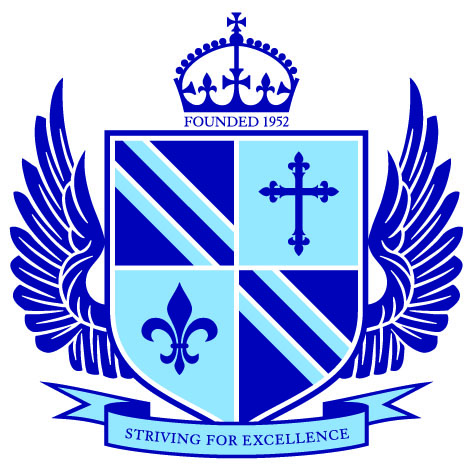Computer Science A Level
SPECIFICATION LINK: 7517
TITLE: AQA Level 3 Advanced GCE in Computer Science (601/4569/9)
Why study Computer Science at William Farr?
Studying A Level Computer Science at William Farr School opens the door to understanding the technology that shapes our world. Students will develop problem-solving skills, logical thinking, and creativity while learning to design and implement programs that solve real-world challenges.
Our course combines theory with practical programming, preparing students for careers in software development, cybersecurity, data science, and beyond. With experienced teachers and access to modern resources, students will gain the confidence and knowledge to thrive in a rapidly evolving digital landscape. If you’re curious, analytical, and ready to innovate, Computer Science is the perfect choice.
What will you study?
The course provides a strong foundation in both theoretical and practical aspects of computing. Students will explore fundamentals of programming, including procedural and object-oriented paradigms, and work with data structures such as arrays, stacks, queues, and trees. They’ll study algorithms, computational theory, and the systematic approach to problem solving, alongside key concepts like data representation, computer systems, and computer organisation and architecture.
The course also covers networking, databases, Big Data, and functional programming. Ethical, legal, and societal implications of computing are examined, ensuring students understand the broader impact of technology. Finally, students complete a non-exam assessment (NEA)—a practical programming project where they design and implement a solution to a real-world problem, applying the skills and knowledge gained throughout the course.
Where can Computer Science lead?
A Level Computer Science opens doors to an incredible range of opportunities. Whether students want to design apps, develop games, work in cybersecurity, or explore fields like artificial intelligence and data science, this course gives them the skills to succeed. It’s highly valued by universities and employers, leading to degrees in Computer Science, Software Engineering, Mathematics, and even careers in finance, medicine, and creative industries. In a world driven by technology, Computer Science is the passport to an exciting, future-proof career.
